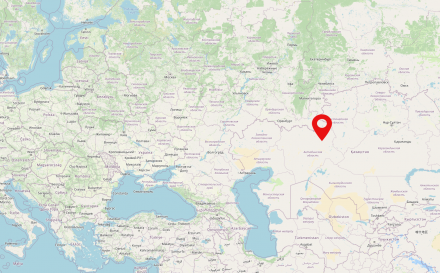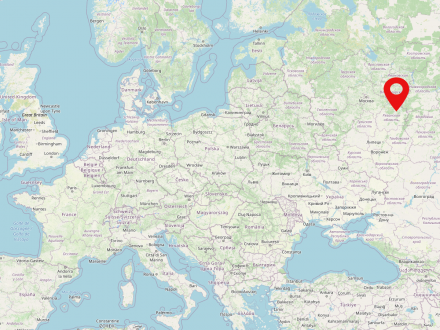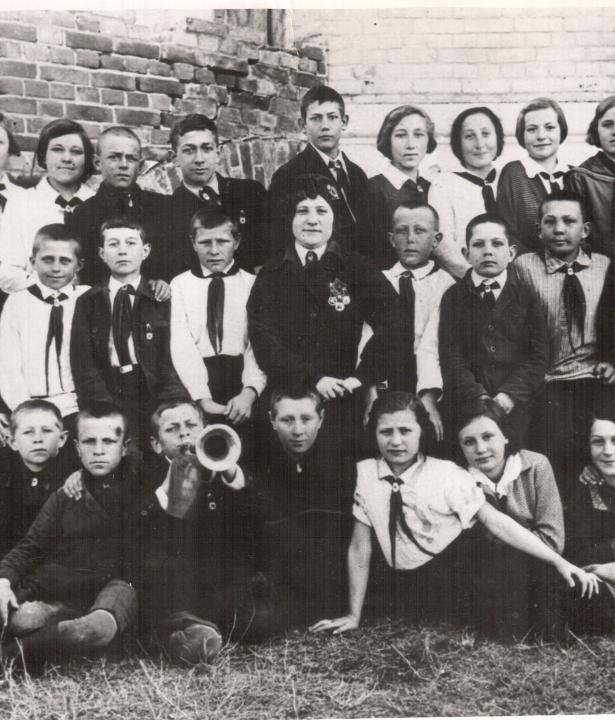Kazakhstan is a landlocked country in Central Asia. Nur-Sultan is the capital of the country inhabited by about 18.8 million people. The country is located on the shores of the Caspian Sea and has been independent since 1991. The history of the country is marked by various dynasties that established khanates on its territory until the 18th century, when the country was formally ruled by the Russian Tsarist Empire in the 19th century. From 1936 to 1991, Kazakhstan was part of the Soviet Union.
The Soviet Union (SU or USSR, Russian: Союз Советских Социалистических Республик (СССР) was a state in Eastern Europe, Central and Northern Asia existing from 1922 to 1991. The USSR was inhabited by about 290 million people and formed the largest territorial state in the world, with about 22.5 million square km. The Soviet Union was a socialist soviet republic with a one-party system.








